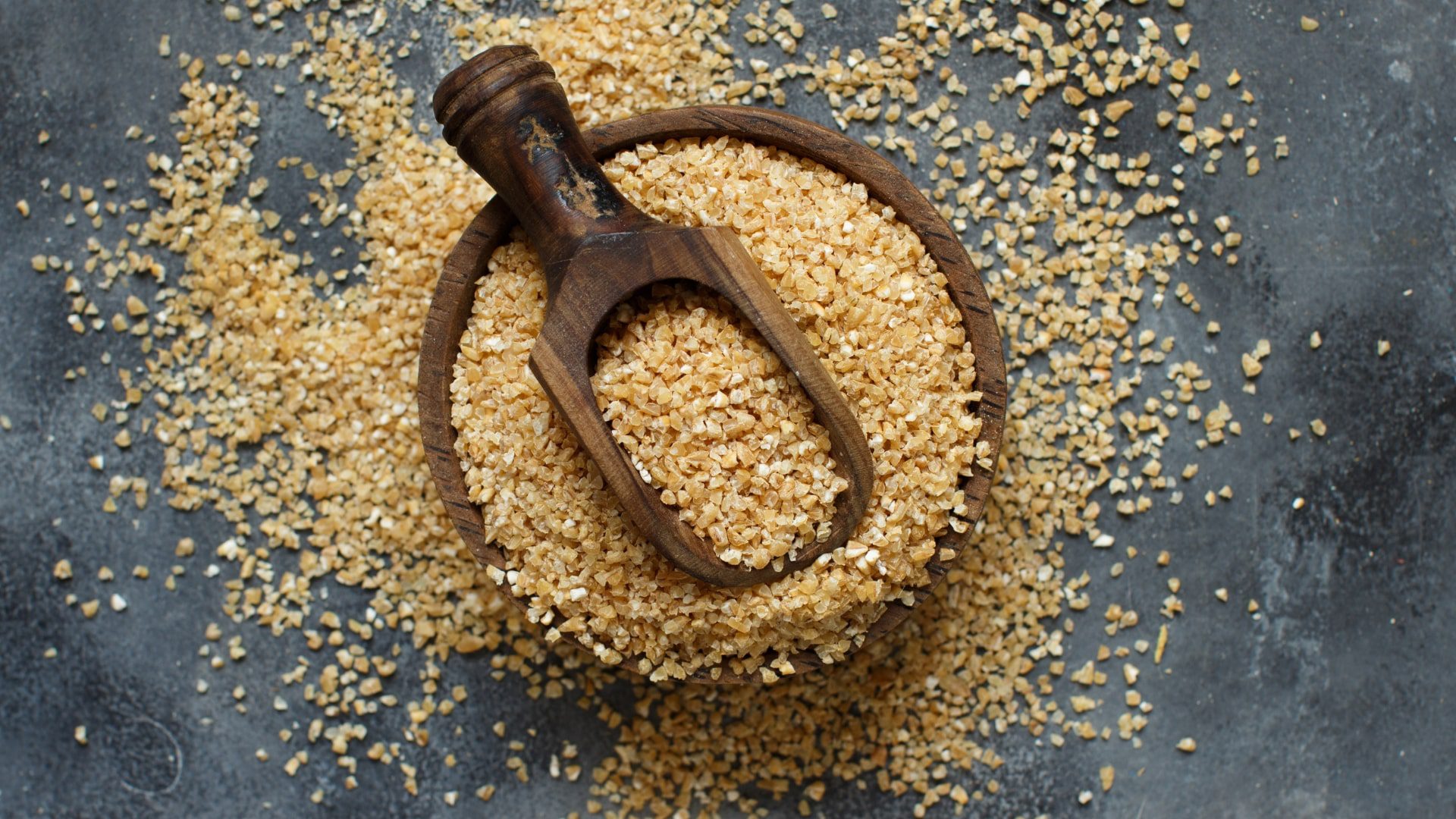
Bulgur wheat is a versatile and nutritious whole grain that has been a staple in Middle Eastern, Mediterranean, and South Asian cuisines for centuries. Known for its quick cooking time, nutty flavor, and high nutritional value, bulgur wheat is increasingly popular among health-conscious individuals. In this article, we will cover everything you need to know about bulgur wheat, including its nutritional profile, health benefits, uses, and tips for cooking.
Table of Contents
Nutritional Profile of Bulgur Wheat
Bulgur wheat is made from whole wheat grains that have been cleaned, parboiled, dried, and cracked. It is rich in essential nutrients, including:
-
Calories: 150 per ½ cup cooked
-
Protein: 5–6 grams
-
Carbohydrates: 33 grams
-
Fiber: 4–5 grams
-
Fat: Less than 1 gram
-
Vitamins: B vitamins like niacin, thiamine, and folate
-
Minerals: Iron, magnesium, manganese, and phosphorus
This makes bulgur wheat an excellent source of fiber and plant-based protein while being low in fat and calories.
Health Benefits of Bulgur Wheat
1. Supports Digestive Health
Bulgur wheat is high in dietary fiber, which promotes healthy digestion, prevents constipation, and helps maintain regular bowel movements.
2. Aids Weight Management
The fiber content in bulgur helps you feel fuller for longer, reducing overeating and aiding in weight management.
3. Supports Heart Health
Bulgur wheat contains whole grains that have been linked to lower cholesterol levels and a reduced risk of heart disease.
4. Regulates Blood Sugar
The low glycemic index of bulgur wheat makes it a suitable choice for people with diabetes as it helps in controlling blood sugar levels.
5. Boosts Energy Levels
Rich in complex carbohydrates and B vitamins, bulgur wheat provides sustained energy throughout the day.
6. Bone and Immune Health
The minerals in bulgur, such as magnesium and manganese, support bone strength, while iron aids in maintaining healthy blood cells and boosting immunity.
How to Cook Bulgur Wheat
Bulgur wheat is easy to cook and can be used in a variety of dishes:
-
Basic Cooking: Combine 1 cup of bulgur with 2 cups of water, bring to a boil, reduce heat, cover, and simmer for 12–15 minutes until tender.
-
Salads: Use soaked or cooked bulgur to make tabbouleh or other grain-based salads.
-
Soups and Stews: Add bulgur to soups for added texture and nutrition.
-
Side Dish: Serve as a substitute for rice or couscous with vegetables and herbs.
Tips for Using Bulgur Wheat
-
Choose the right grind: Fine bulgur is best for salads, while coarse bulgur works well in pilafs or soups.
-
Store properly: Keep in an airtight container in a cool, dry place to maintain freshness.
-
Pair with proteins: Mix bulgur with legumes, meat, or tofu for a balanced meal.
-
Spice it up: Add herbs, spices, or citrus juice to enhance flavor.
Bulgur wheat is a nutritious, versatile, and easy-to-cook whole grain that can be incorporated into a wide range of meals. From salads and soups to side dishes and main courses, it provides essential nutrients, supports digestion, heart health, and weight management, and is a great addition to a healthy diet. By understanding how to cook and use bulgur wheat, you can enjoy its benefits while adding variety and flavor to your meals.


